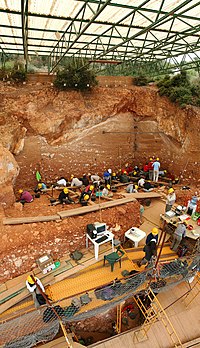
Photo from wikipedia
Build verifiability is a safety property for a software system which can be used to check against various security-related issues during the build process. In summary, a verifiable build generates… Click to show full abstract
Build verifiability is a safety property for a software system which can be used to check against various security-related issues during the build process. In summary, a verifiable build generates equivalent build artifacts for every build instance, allowing independent auditors to verify that the generated artifacts correspond to their source code. Producing a verifiable build is a very challenging problem, as non-equivalences in the build artifacts can be caused by non-determinsm from the build environment, the build toolchain, or the system implementation. Existing research and practices on build verifiability mainly focus on remediating sources of non-determinism. However, such a process does not work well with large-scale commercial systems (LSCSs) due to their stringent security requirements, complex third party dependencies, and large volumes of code changes. In this paper, we present an experience report on using a unified process and a toolkit to produce verifiable builds for LSCSs. A unified process contrasts with the existing practices in which recommendations to mitigate sources of non-determinism are proposed on a case-by-case basis and are not codified in a comprehensive tool. Our approach supports the following three strategies to systematically mitigate non-equivalences in the build artifacts: remediation, controlling, and interpretation. Case study on three LSCSs within
Journal Title: IEEE Transactions on Software Engineering
Year Published: 2022
Link to full text (if available)
Share on Social Media: Sign Up to like & get
recommendations!